If you buy through our links, we may earn an affiliate commission. This supports our mission to get more people active and outside.Learn about Outside Online's affiliate link policy
The 8 Best Sleeping Bags of 2021

(Photo: Matthew Stacey)
At Backpacker, we take our responsibility to provide readers with fair and accurate gear advice seriously. When you make a purchase through our site, we may earn a commission.
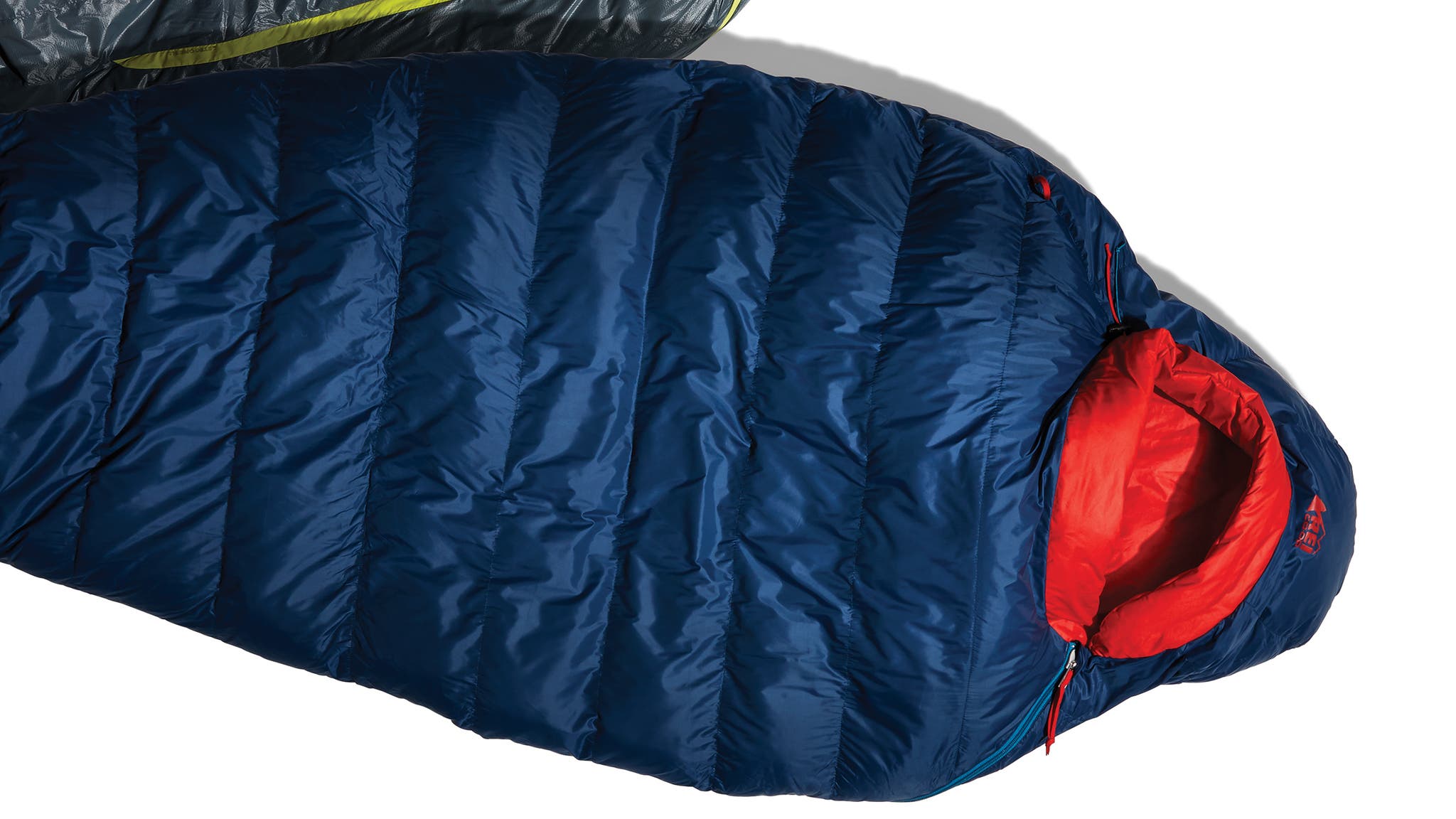
Most Comfortable: REI Co-op Down Time 25°F
After a day hiking among the clouds, you deserve a sleep system just as fluffy: The Down Time is the loftiest bag we tested this year. Though it contains midgrade 600-fill hydrophobic down, the overstuffed baffles are taller than those in other bags we used—giving each one extra volume—and are stitched in a pattern that creates larger baffles at the top of the bag and narrower baffles near the feet. Buy Now / Read the Full Review
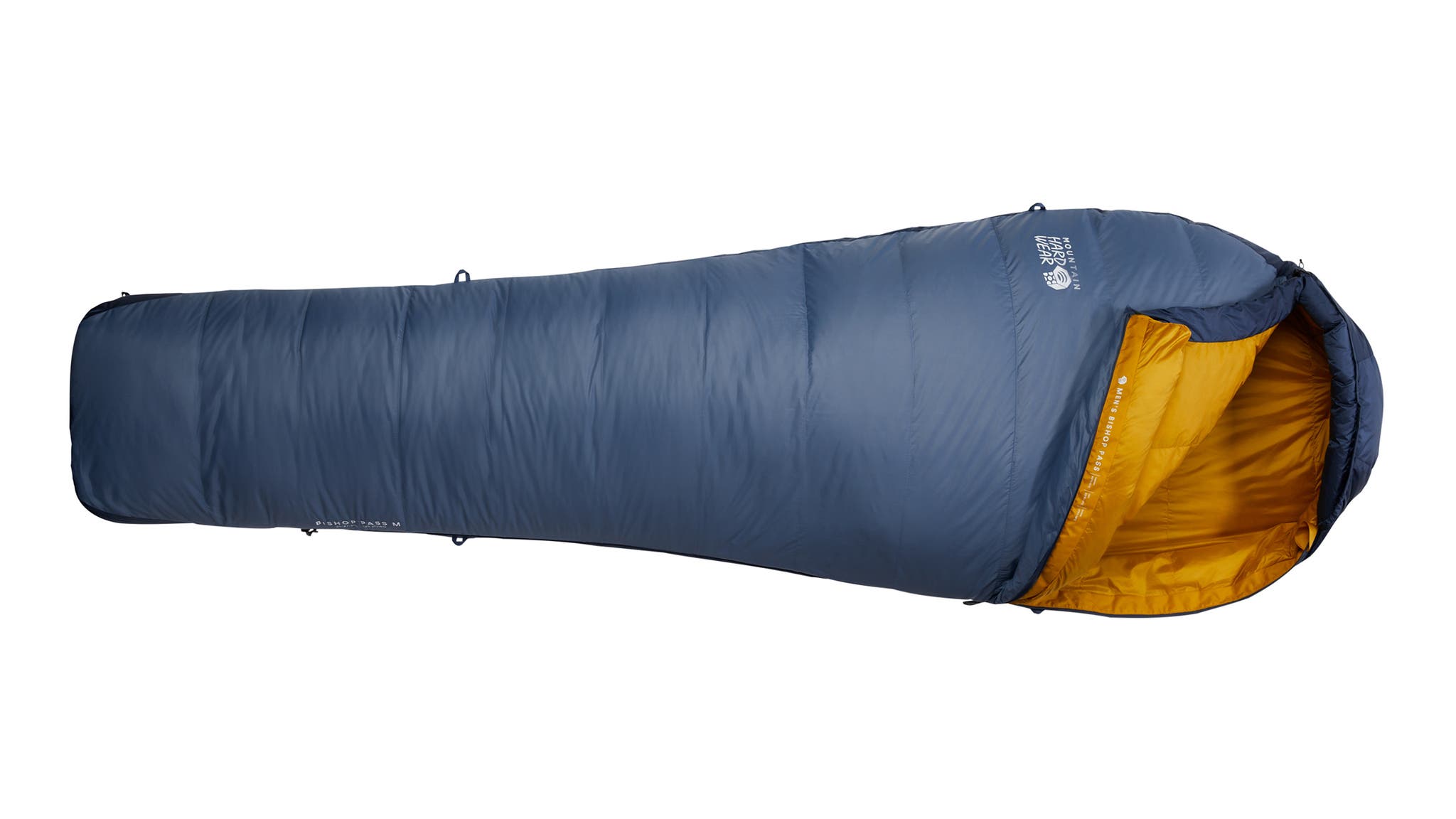
Best All-Around: Mountain Hardwear Bishop Pass 30°F
At just shy of 2 pounds and only $200, the Bishop Pass is light on your back and your wallet. Its 650-fill, water-repellent down isn’t as lofty as higher fill powers, but it keeps the bag budget-friendly and compresses to the size of a bike helmet—perfect for packing alongside a week’s worth of gear in a 60-liter pack, as we did for a 62-mile trek in Wyoming’s Wind River Range. When temperatures hovered around freezing at the base of 13,804-foot Gannett Peak, we slept soundly. Buy Now / Read the Full Review
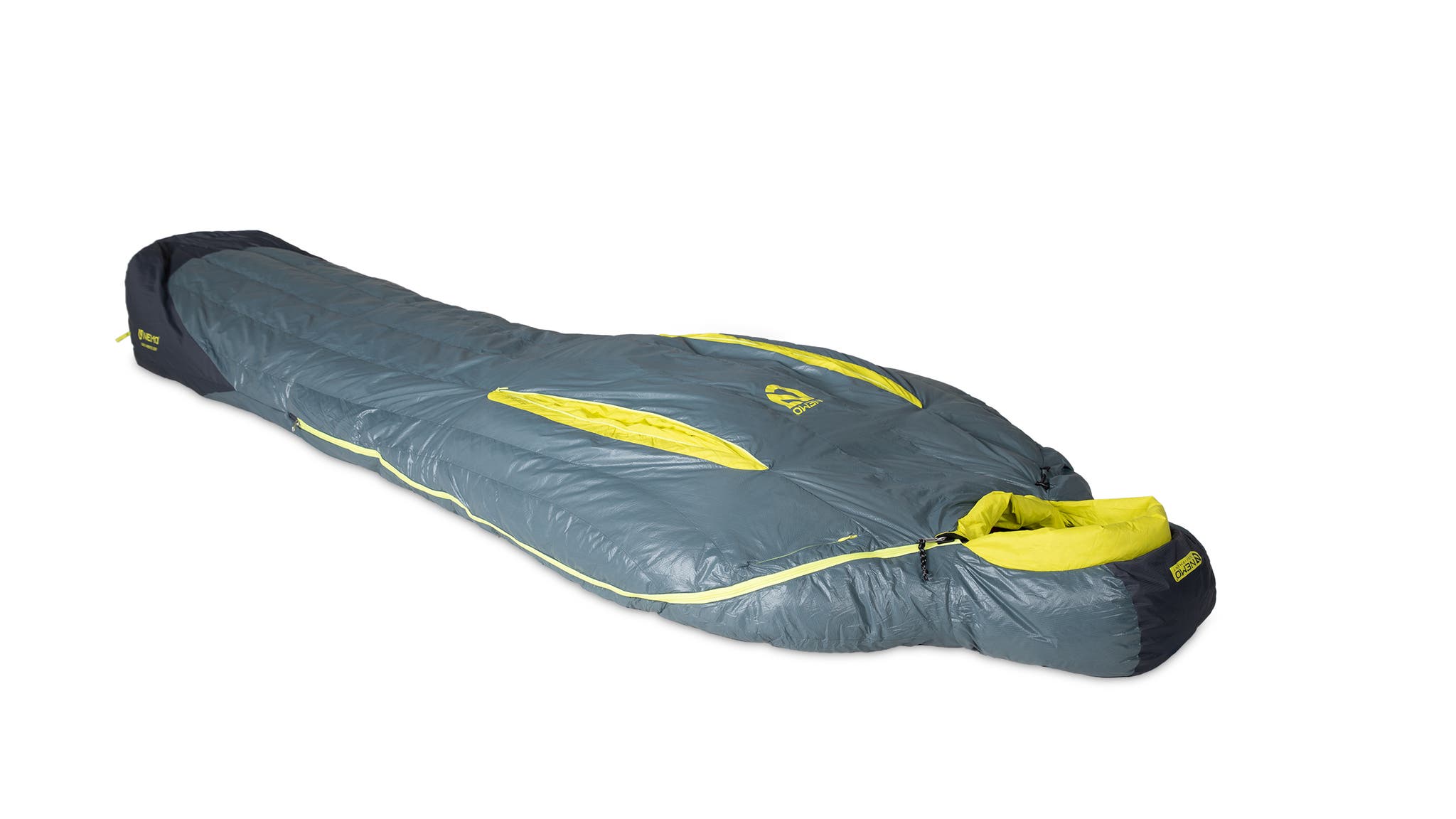
Most Durable: NEMO Kayu 30°F
For nights when you’re tucked into alpine boulder fields or cowboy camping on abrasive ground, the Kayu turns unlikely terrain into home. This bag’s DWR-treated, 20-denier ripstop nylon shell works with a 30-denier interior liner chosen for its silky finish. When we bivvied below 14,259-foot Longs Peak in Colorado, neither rocks nor sticks penetrated the footbox shell, which is enhanced with 40-denier nylon. On that near-freezing night, we stayed warm while we admired the stars thanks to the bag’s 800-fill down. Buy Now / Read the Full Review
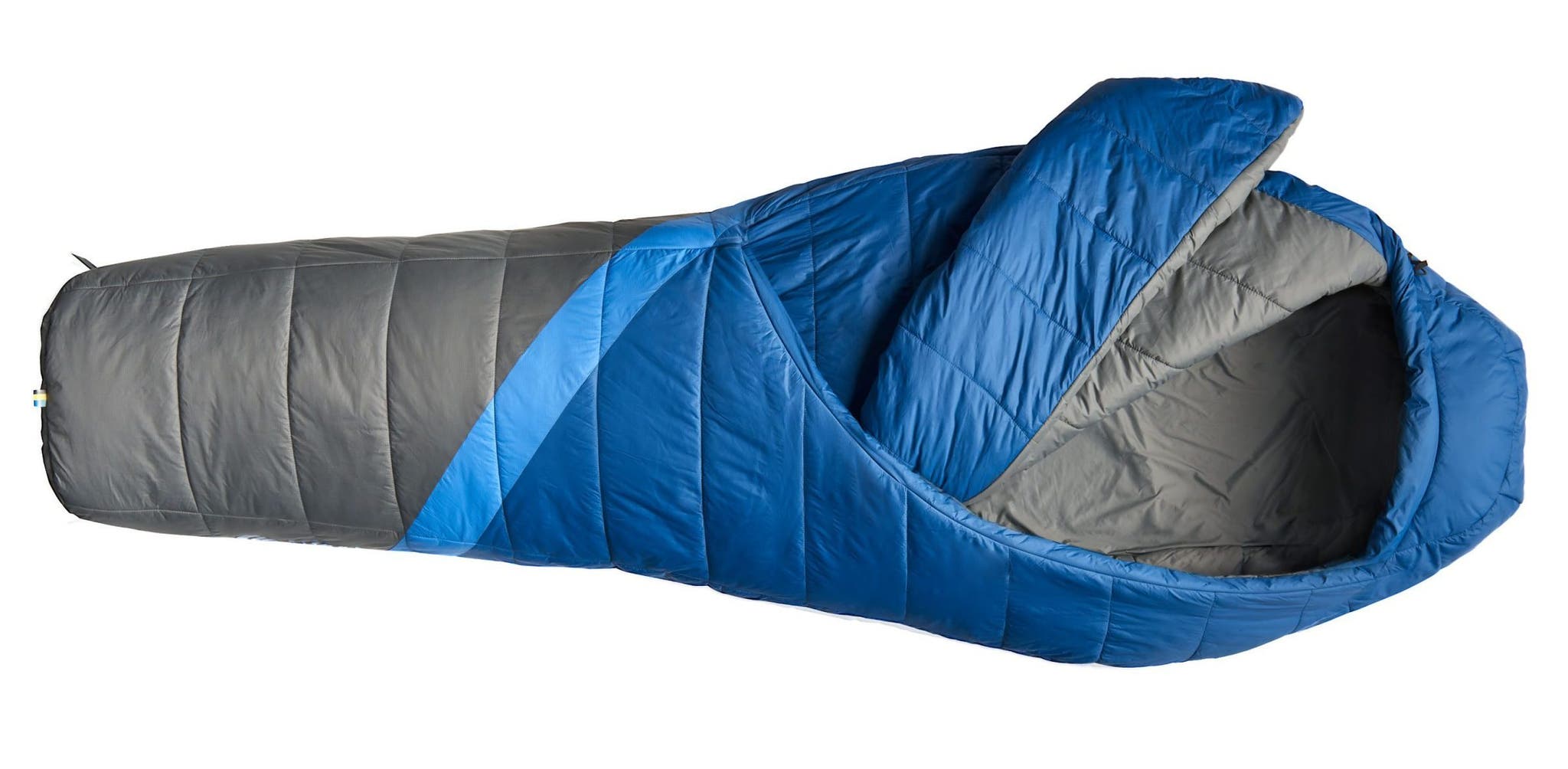
Best Features: Sierra Designs Night Cap 20°F
The zipperless Night Cap eliminates hardware headaches. With a crescent-shaped opening—it starts at sleeper’s left collarbone, curves down the torso, and crosses to the bag’s right side just above the hips—it’s sealed by tucking in an oversized, quilted flap (attached on the right side). The flap wraps across your torso and tucks around your left side, where a three-dimensional “pocket” fits like a cap on your shoulder, anchoring it in place. Buy Now / Read the Full Review
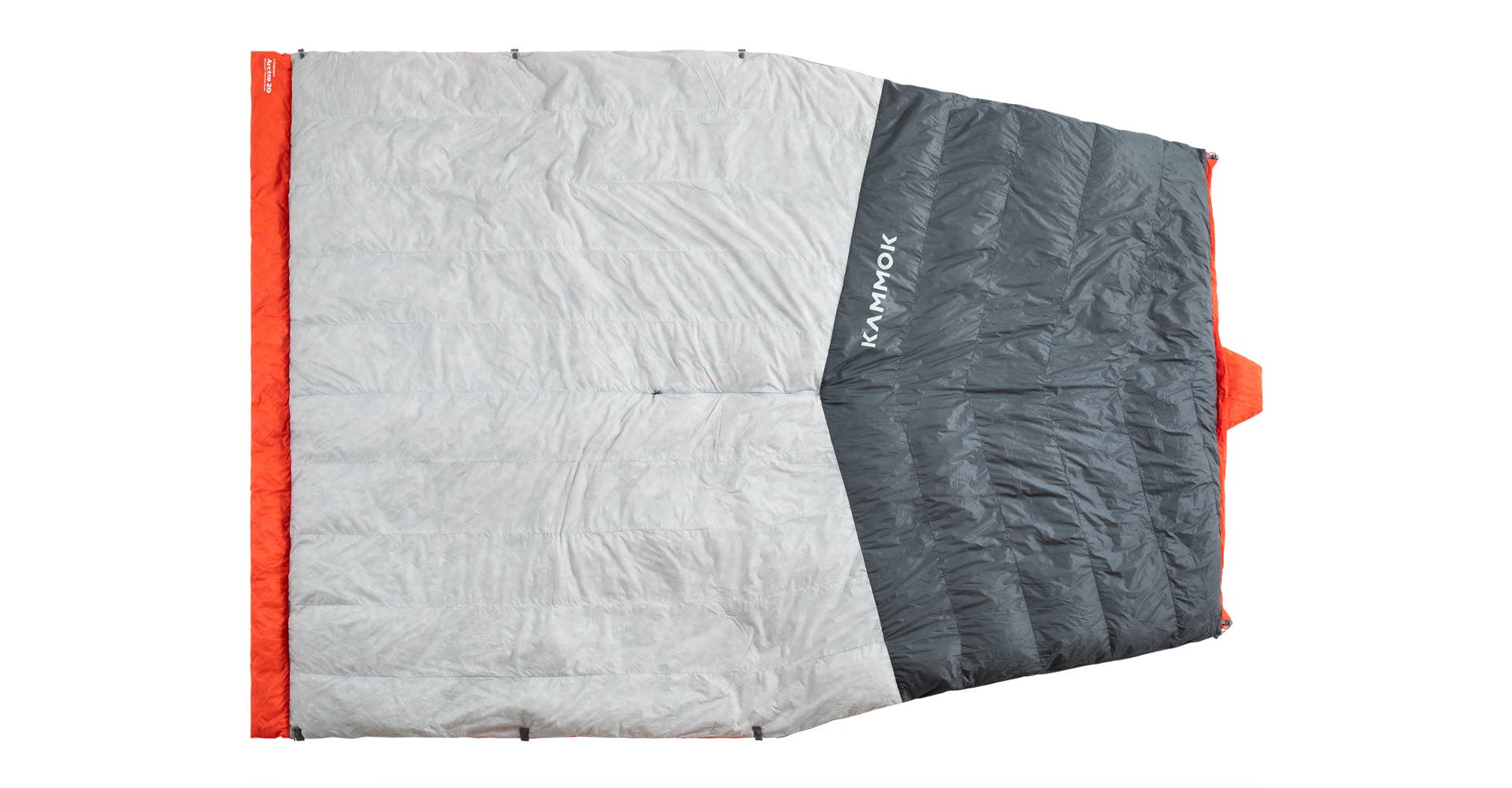
Most Versatile: Kammok Arctos 20°F
Your backpacking dreams shouldn’t be limited by your sleep system. This multifunctional quilt kept us warm when we transformed it into a minimalist sleeping bag in freezing temperatures: The bottom half zips together up to the hips to create a fully enclosed footbox, sealing out drafts and keeping toes warm, while three burly sets of snaps along the top half (the strongest among quilts we tested) fix the Arctos into a mummy shape. Buy Now / Read the Full Review
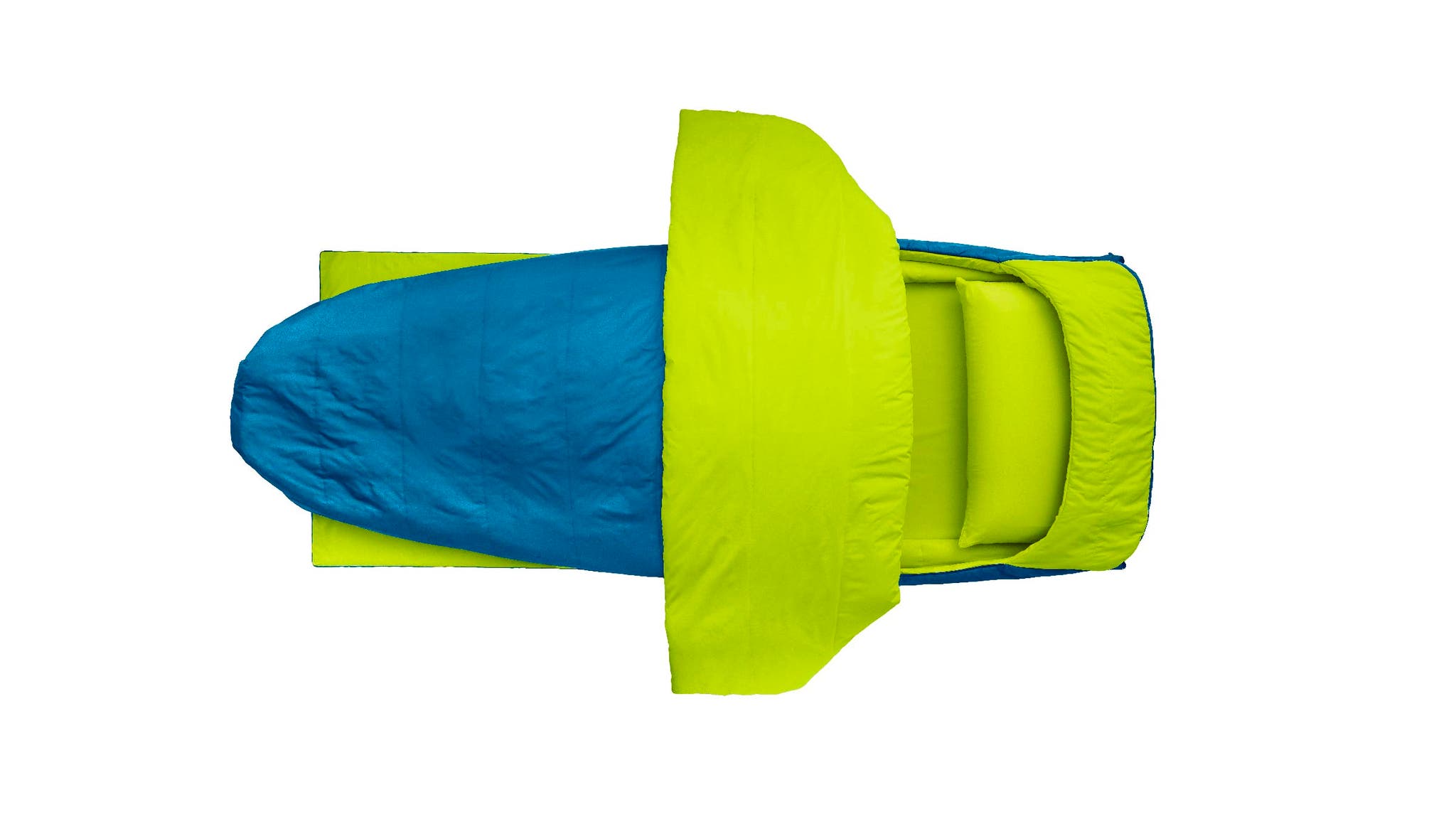
Best for Car Camping: Zenbivy Motobed 35°F
If frontcountry luxury is your thing, the Motobed’s all-in-one system delivers all the comfort of home. Everything you need is integrated: a synthetic 90-by-64-inch quilt (directly attached to the pad via zippers, with cinches that close the footbox); a soft mattress cover and pillowcase; and two 76-by-25-inch sleeping pads that stacked together are 3 inches thick. Buy Now / Read the Full Review
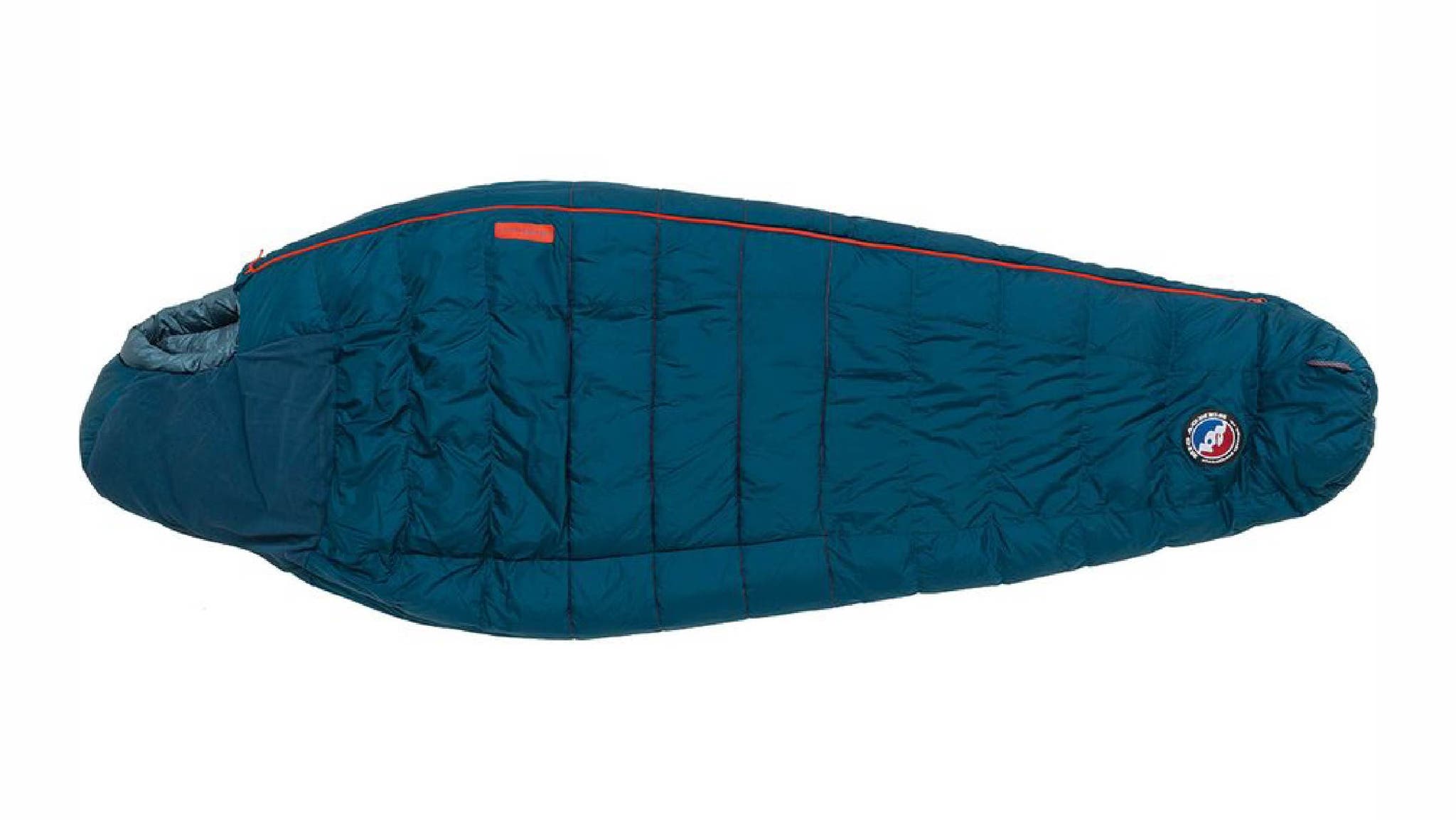
Editors’ Choice: Big Agnes Sidewinder SL 20°F
The Sidewinder nails a side-sleep design.Its hood opening and zipper are oriented so that they face the same way you do when you’re on your side, rather than being permanently situated “right-side-up” on the bag. The dimensions are slightly wider than a typical back-sleeper (61-inch circumference at the shoulder and 55 at the hip in the men’s version) because we tend to curl up a bit. Critically, there’s also a strip of synthetic insulation that wraps the hips and ankles to pad and insulate the parts of us that contact the ground most rudely. Buy Now / Read the Full Review
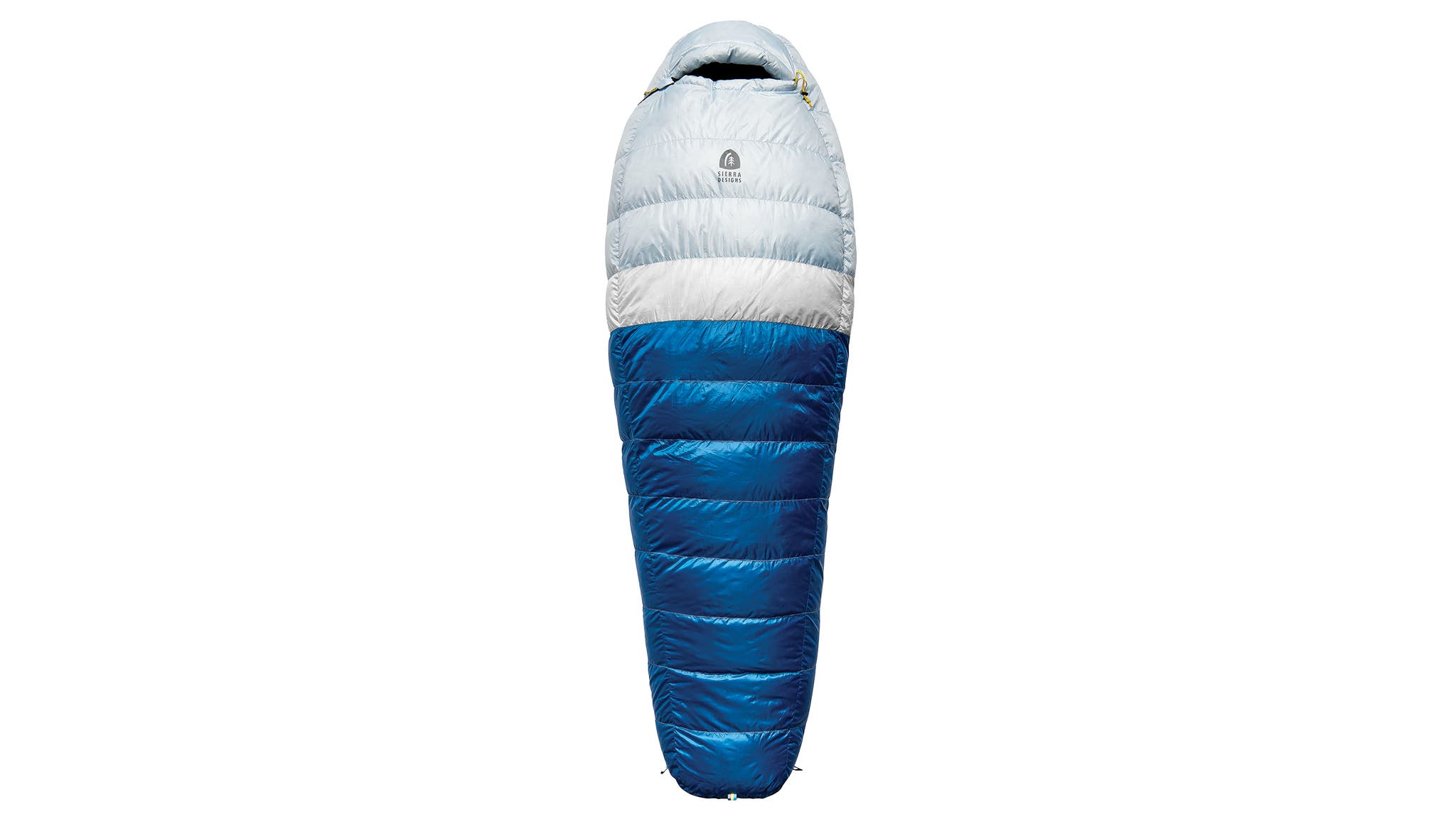
Editors’ Choice: Sierra Designs Get Down 20°F
Sleeping bags have always secured a space as hikers’ most-appreciated gear, responsible for warm nights in the backcountry where hypothermia might otherwise be an issue. Down bags get a special nod for their superior compressibility and instant coziness. But darn it if they aren’t spendy! This is why we constantly scour the market for down bags that perform beyond their price. And after four months of vetting it against every other affordable competitor, we declare the Get Down to be the absolute best 20°F bag (well) under $200 on the market. Buy Now / Read the Full Review
More: Get gear reviews straight from readers like you with Gear 360.
Sleeping Bag Buying Tips
Looking to buy a sleeping bag? Consider the following:
- Will it be wet where you’re planning to hike? Waterproof down and synthetic fill deals better with moisture than non-waterproofed feathers.
- How cold will the weather be? Make sure you have a sleeping bag with a temp rating low enough to keep you comfortable, but don’t overdo it, or you might be lugging around extra weight in your pack for no reason.
- Does your bag fit? Extra room in the foot of your bag can make it difficult to warm up. Buy too short, on the other hand, and your feet will compress the fill at the foot of the bag, negatively impacting its insulation properties.